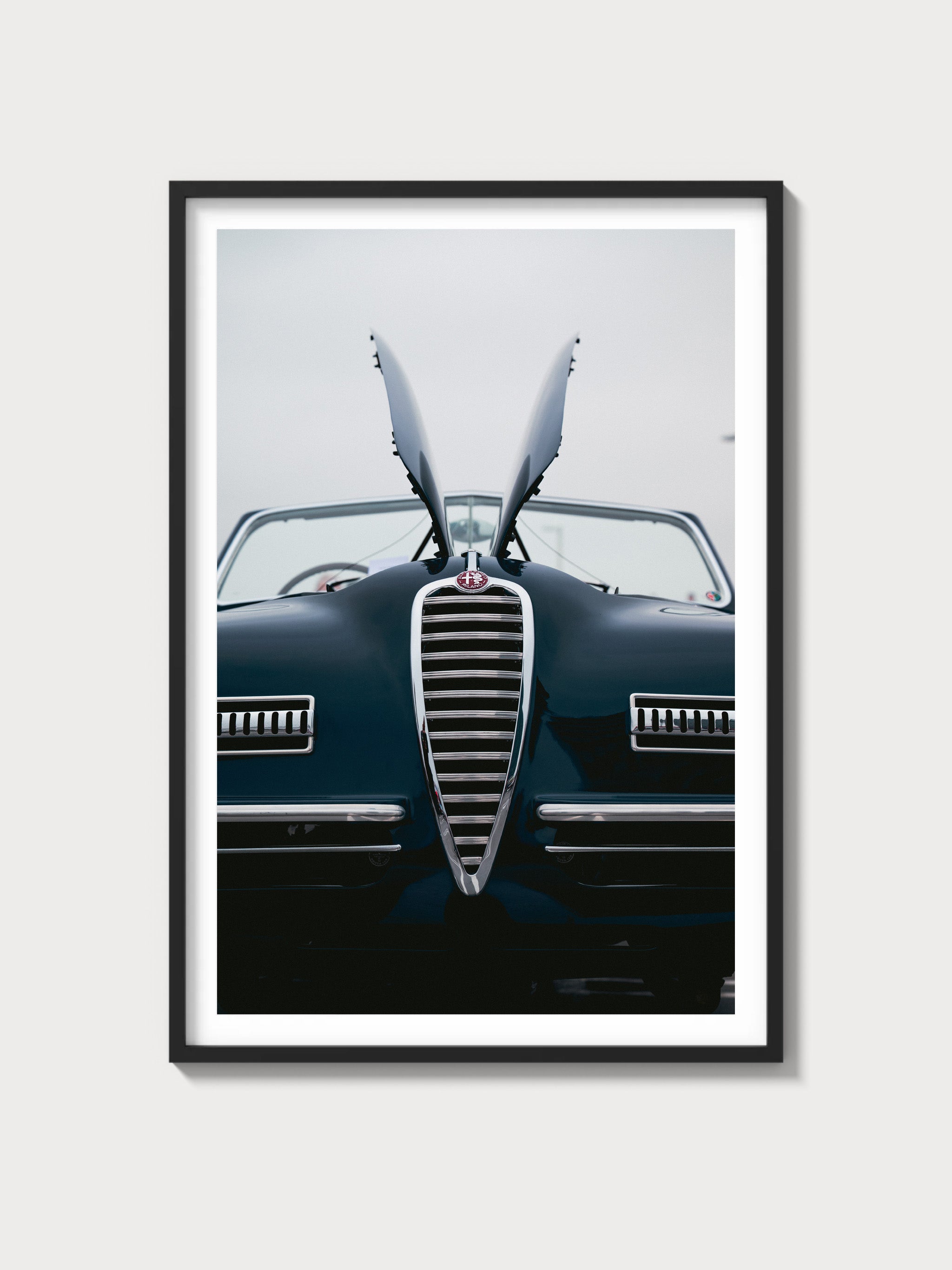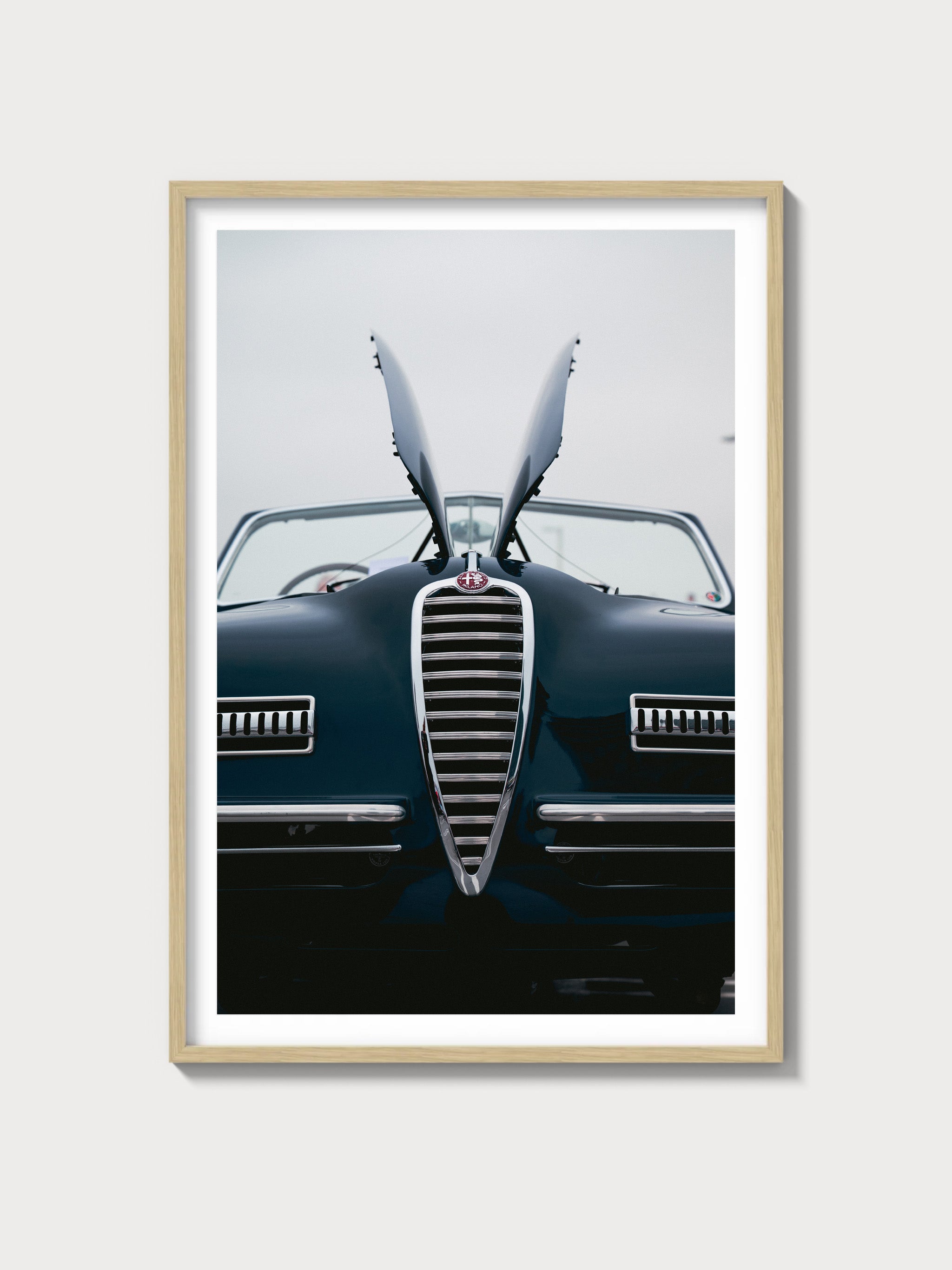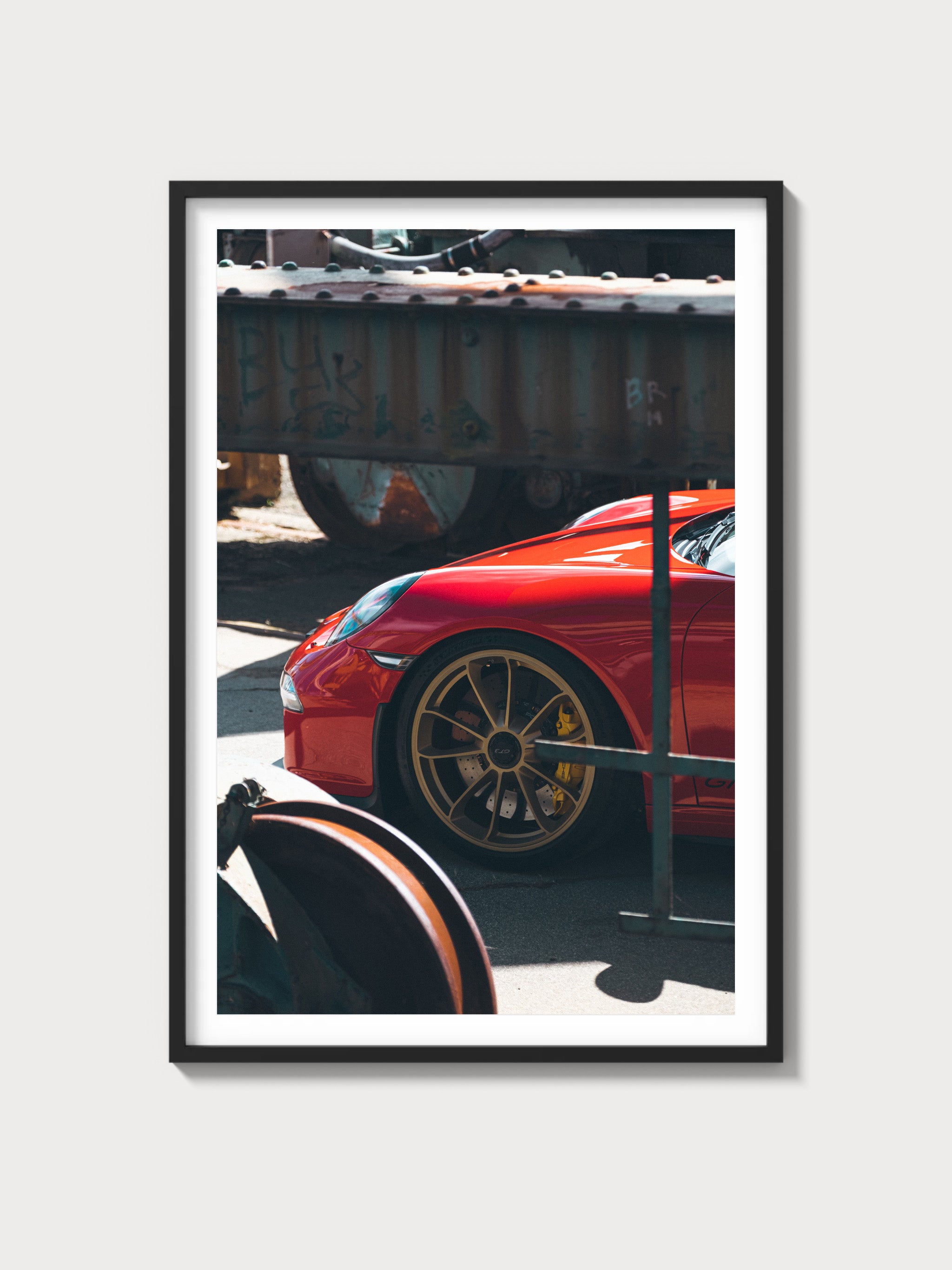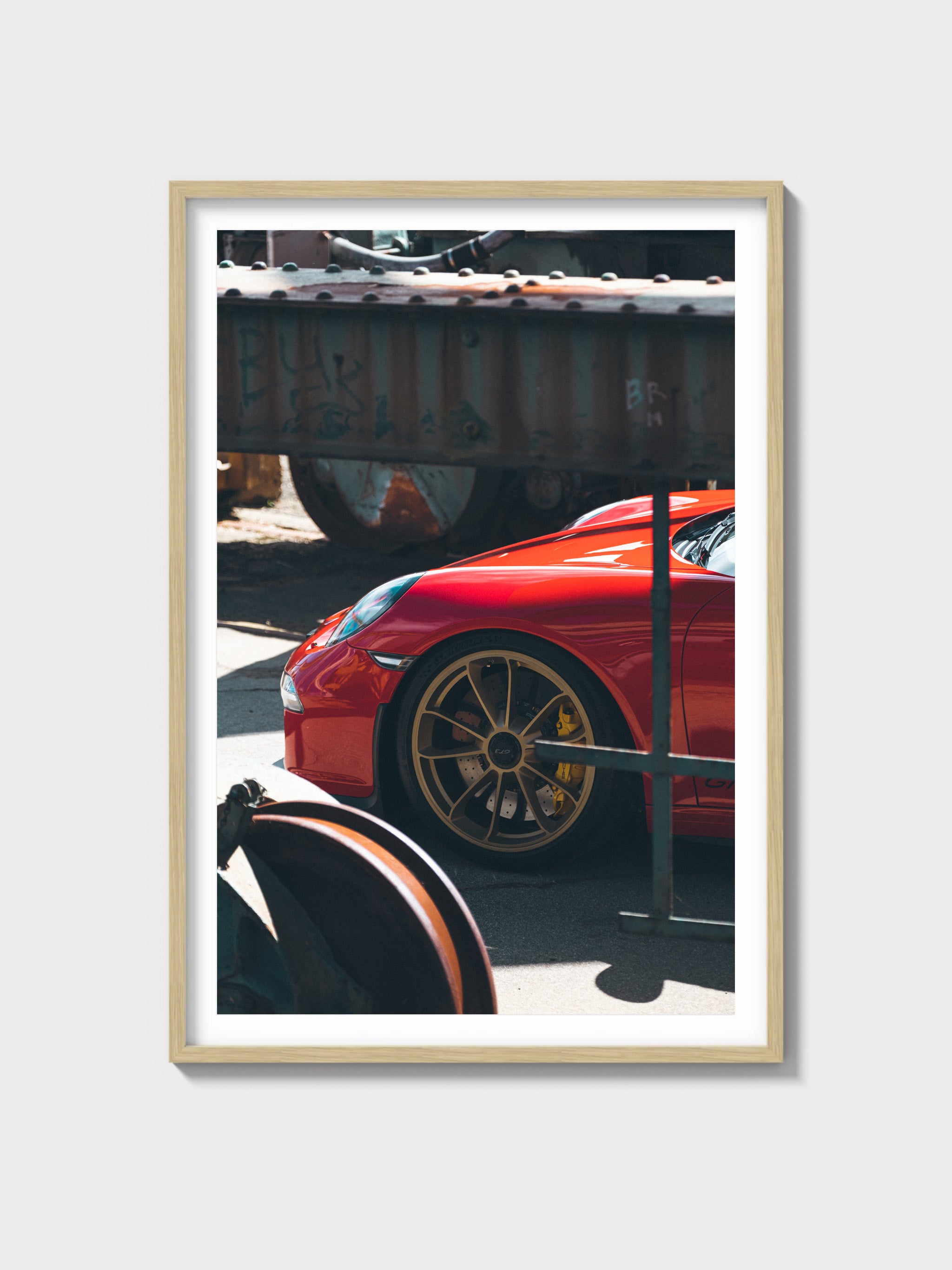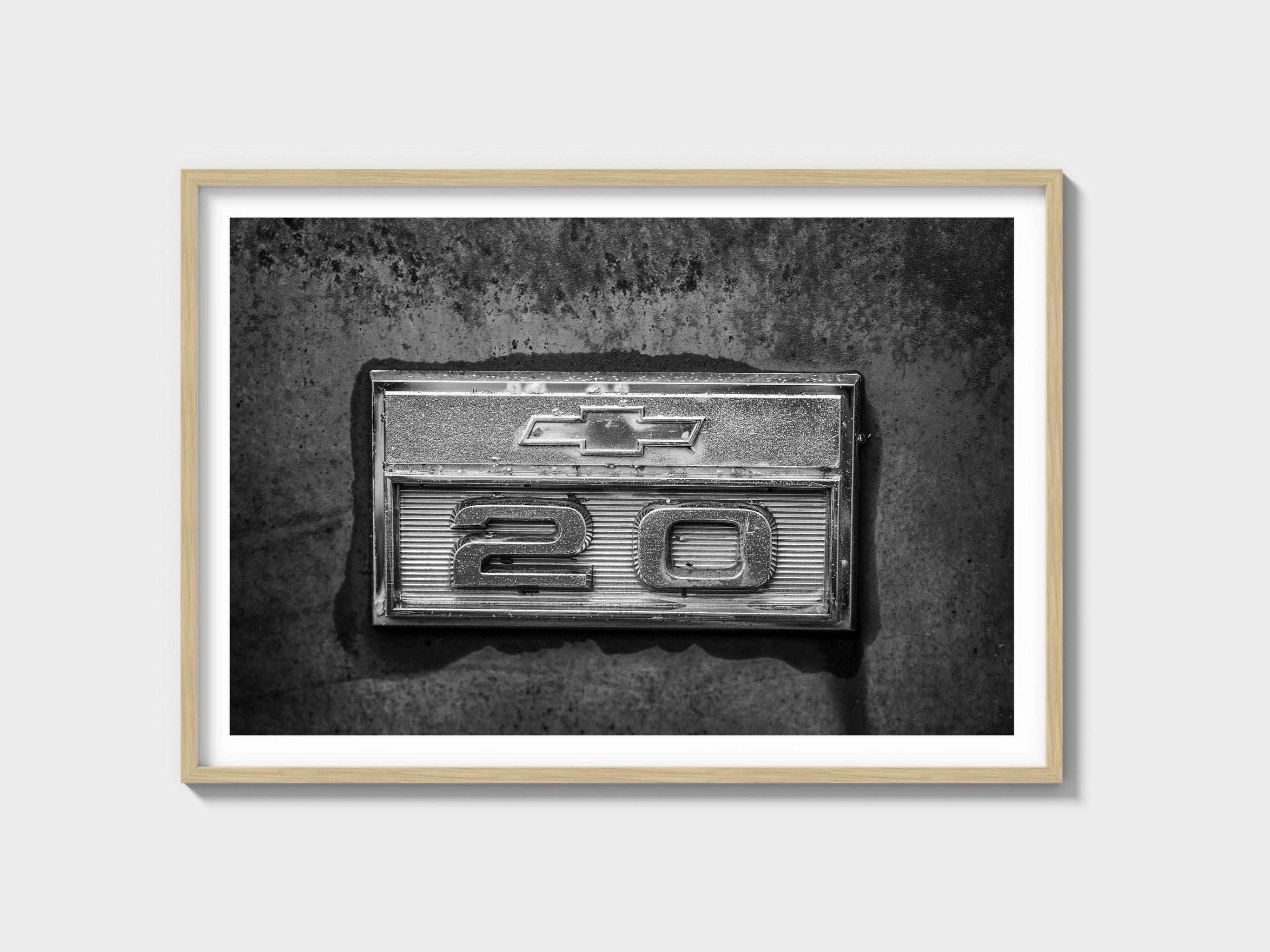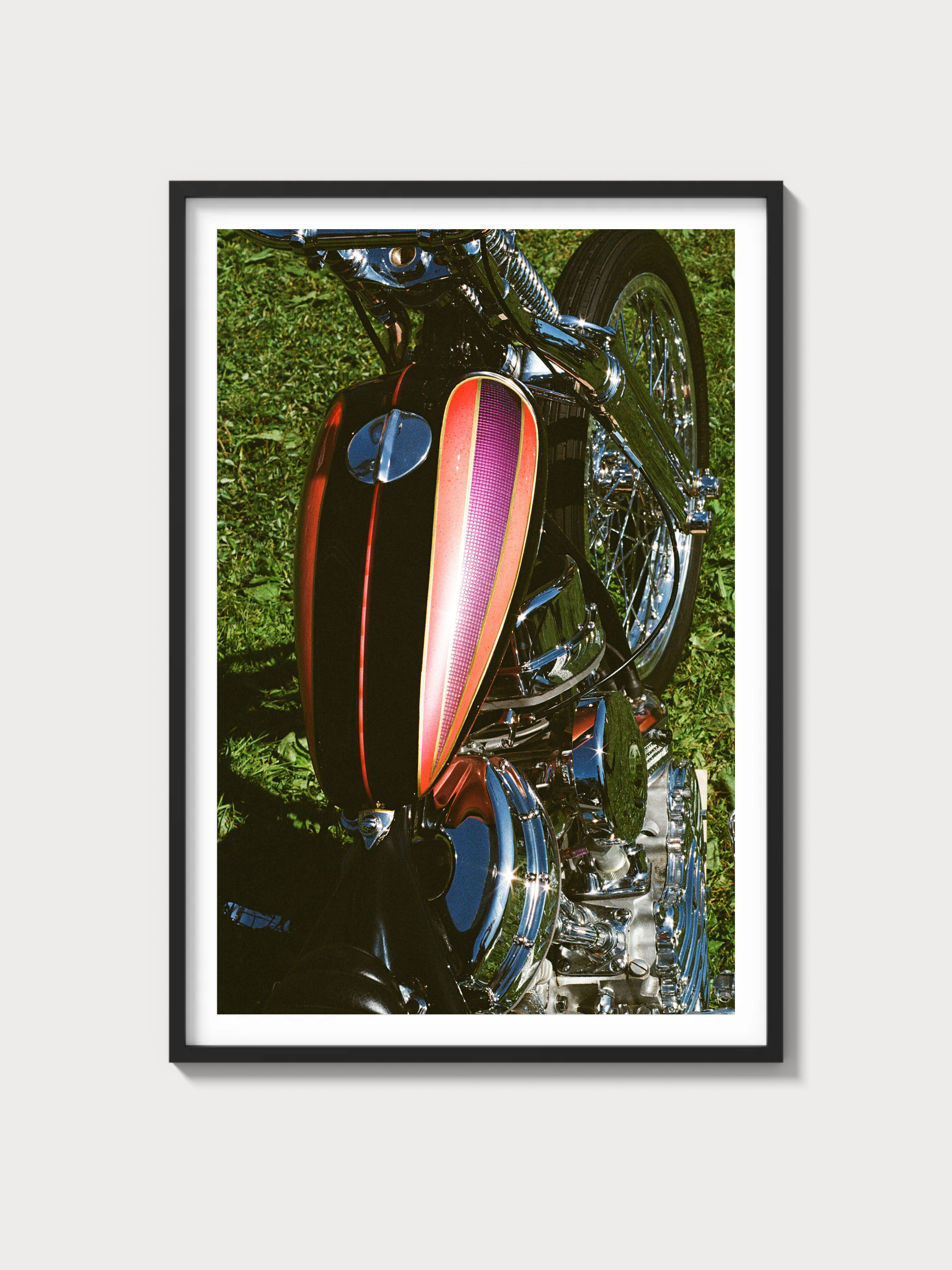1970–1972 Chevrolet Monte Carlo Base (1st Gen): Chevrolet’s Personal‑Luxury Statement
Historical Context and Development
Chevrolet launched the Monte Carlo for 1970 as its entry into the burgeoning personal‑luxury segment—an arena defined by long hoods, formal rooflines, and a premium ride/quietness brief. The recipe drew on proven GM A‑body hardware, stretched to a 116‑inch wheelbase and marketed internally as a G‑body variation to mirror the 1969 Pontiac Grand Prix. Styling was executed under Bill Mitchell’s design leadership, with the crisp fender peaks, slim single headlamps, and a prominent egg‑crate grille conveying a restrained, upmarket attitude against Chevrolet’s more extroverted Chevelle SS.
Under the skin, the Monte Carlo leveraged the Chevelle’s double‑wishbone/coil‑spring front and four‑link coil‑spring rear suspension, but with additional sound deadening, isolated body mounts, and a tuning bias toward highway refinement. The model slotted squarely against Pontiac’s Grand Prix and Oldsmobile’s Cutlass Supreme coupes, with Mercury’s Cougar XR‑7 and Dodge’s Charger SE also fishing in similar waters on the other side of Detroit’s divide.
The Monte Carlo’s motorsport footprint in this era was primarily oval‑track homologation: the long‑nose profile and stable wheelbase made it appealing to NASCAR teams as rules evolved in the early 1970s. While the car’s most prolific stock‑car successes arrived a bit later, the first‑generation body style helped establish the nameplate’s credibility with teams and fans alike.
Engines and Technical Specifications
Across 1970–1972, the Base trim’s standard power was Chevrolet’s 350‑cubic‑inch small‑block V8 with a two‑barrel carburetor. Output figures transitioned from SAE gross to SAE net during the period, and compression ratios stepped down to suit unleaded‑leaning fuels—key context when comparing numbers year‑to‑year.
| Model year | Engine configuration | Displacement | Horsepower (rating std) | Induction | Redline | Fuel system | Compression | Bore x Stroke |
|---|---|---|---|---|---|---|---|---|
| 1970 | 90° OHV V8 (small‑block) | 350 cu in (5.7 L) | 250 hp (SAE gross) | Naturally aspirated | — | Rochester 2‑barrel (2GC/2GV) | ~9.0:1 | 4.00 in x 3.48 in |
| 1971 | 90° OHV V8 (small‑block) | 350 cu in (5.7 L) | 245 hp (SAE gross) | Naturally aspirated | — | Rochester 2‑barrel (2GC/2GV) | ~8.5:1 | 4.00 in x 3.48 in |
| 1972 | 90° OHV V8 (small‑block) | 350 cu in (5.7 L) | 165 hp (SAE net) | Naturally aspirated | — | Rochester 2‑barrel (2GC/2GV) | ~8.5:1 | 4.00 in x 3.48 in |
Notes: SAE gross vs. net ratings reflect different test methodologies; the 1972 change to net does not imply a dramatic mechanical downtune on its own. Optional 4‑barrel 350s, big‑block 402s, and the LS5 454 (SS package) were available, but the Base as delivered commonly featured the two‑barrel 350 and a Turbo‑Hydramatic 350 automatic.
Driving Experience and Handling Dynamics
Chevrolet tuned the Monte Carlo to live between boulevardier and interstate grand tourer. The 116‑inch wheelbase and additional insulation yield a notably calmer ride than a comparable Chevelle—long‑legged and quiet at speed. Steering is recirculating‑ball, with predictable on‑center feel and the kind of measured response typical of personal‑luxury coupes of the era. Base‑spring rates permit noticeable roll, but compliance is excellent over broken pavement.
With the standard two‑barrel 350, throttle response is smooth and torque arrives early, making light work of urban driving and relaxed two‑lane cruising. Most cars were optioned with the TH350 automatic whose shift calibration favors seamlessness; it’s a stout, well‑supported transmission. Enthusiasts seeking a crisper chassis should look for cars ordered with the F41 suspension package (heavier‑rate springs, firmer shocks, and a beefier front anti‑roll bar), and front disc brakes—both materially improving the Monte’s confidence when hustled.
Full Performance Specifications
| Metric | Specification (Base 350, as equipped) |
|---|---|
| 0–60 mph | Approximately 9.5–12.5 seconds (period road tests; year/options dependent) |
| Quarter‑mile | ~17.5–19.0 sec at ~75–82 mph (period tests) |
| Top speed | ~105–115 mph (period tests; gearing/engine tune dependent) |
| Curb weight | ~3,600–3,900 lb (equipment dependent) |
| Layout | Front‑engine, rear‑wheel drive |
| Brakes | Front discs (optional) or drums; rear drums; power assist optional |
| Suspension | Front: unequal‑length A‑arms, coil springs; Rear: 4‑link, coil springs; F41 heavy‑duty package optional |
| Gearbox | 3‑speed manual standard (low‑take rate); Turbo‑Hydramatic 350 automatic commonly fitted; TH400 with higher‑output engines |
Variant Breakdown (1st Gen, 1970–1972)
| Trim/Edition | Years | Production | Key differences |
|---|---|---|---|
| Base | 1970–1972 | Model‑year totals: 1970 (145,976); 1971 (128,600); 1972 (180,819). Exact Base vs. optioned breakouts were not separately published by Chevrolet, but Base‑spec cars constituted the majority. | Standard 350 2‑bbl V8; bench seat standard (buckets/console optional); brightwork and wheel cover selection varied by year; front discs, air conditioning, and F41 suspension optional. |
| SS 454 (RPO Z20) | 1970–1971 | 1970: 3,823; 1971: 1,919 | LS5 454 V8; Turbo‑Hydramatic 400; specific badging; load‑leveling rear suspension with air compressor; heavy‑duty cooling; performance axle; unique wheel/tire spec. Package discontinued after 1971. |
| Custom (RPO Z03) | 1972 | One‑year trim package; subset of 1972 total (180,819). Chevrolet did not publish a separate Z03 count. | Appearance/comfort package with upgraded exterior trim, wheel well/rocker accents, special upholstery and emblems; no unique powertrain. |
Design and Year‑to‑Year Detail Changes
- 1970: Debut year, single round headlamps, bold egg‑crate grille, horizontal taillamps integrated into the bumper. Clean quarter panels with pronounced fender peaks.
- 1971: Finer‑mesh grille texture and revised bumper/taillamp detailing. Mild interior trim updates.
- 1972: Crosshatch grille with a central bar; revised parking lamp lenses; cooling and emissions updates accompanying the model‑year’s shift to SAE‑net power ratings.
Ownership Notes: What Enthusiasts Should Know
- Service and intervals: Small‑block V8s are forgiving. Oil changes at ~3,000 miles keep flat‑tappet cam/lifters happy with appropriate zinc content. Points ignition benefits from annual tune‑ups (plugs, condenser, dwell/ timing). Coolant every 2 years; TH350 fluid/filter around 30,000 miles.
- Parts availability: Excellent for chassis, brakes, steering, and small‑block service parts thanks to broad A‑body interchange (Chevelle/Cutlass/Skylark/LeMans). Monte Carlo‑specific exterior trim, bumper cores, interior panels, and certain moldings are scarcer and drive restoration cost.
- Rust watchpoints: Lower fenders, cowl and windshield channel, rear quarter arches, trunk drop‑offs, floor pans (under front footwells), and the rear frame kick‑up over the axle. Cars with vinyl tops merit close inspection for moisture entrapment under the covering.
- Driveline: Most Base cars use 10‑bolt rear axles; limited‑slip (G80) was optional. The SS 454 used a 12‑bolt. Look for axle code tags and casting stamps to verify originality.
- Brake/steering upgrades: Factory‑type front discs (J52) bolt on and are a worthwhile safety improvement. Steering boxes can be rebuilt or swapped to later, quicker GM units if you want more response without sacrificing originality permanently.
- Air conditioning: Many cars were factory‑A/C. Original POA‑valve systems work well when correctly serviced; ensure lines and condensers are clean and compressors aren’t noisy before converting refrigerants.
Cultural Relevance and Market Perspective
The Monte Carlo quickly became a touchstone for the personal‑luxury formula Chevrolet would iterate for decades. Its long‑hood stance remains instantly recognizable, and the model has enjoyed ample screen time—including a first‑generation Monte Carlo in the opening act of the Fast & Furious franchise’s Tokyo Drift entry, cementing the shape for a new generation of enthusiasts.
Collector interest has historically favored the SS 454 and unusually original Base cars with strong documentation, low mileage, and desirable colors/options. Public auction results have routinely placed high‑quality base‑spec examples in the mid‑five‑figure territory, with SS 454 cars significantly higher; provenance and correctness drive premiums. Compared with sibling A‑bodies, the Monte Carlo typically trails Chevelle values, offering compelling access to period GM V8 character with a more refined brief.
FAQs
What engines were offered on the Base trim?
Standard was the 350‑cu‑in small‑block with a two‑barrel carburetor (250 hp gross in 1970; 245 hp gross in 1971; 165 hp net in 1972). Optional step‑ups included a 350 4‑barrel and, depending on year, big‑block 402s; the LS5 454 required the SS package in 1970–71.
How quick is a stock Base 350 Monte Carlo?
Period testing of two‑barrel 350 cars typically returned 0–60 mph in roughly 10–12 seconds, quarter‑miles in the high‑17 to 18‑second range, and a top speed around 105–115 mph depending on axle ratio and year.
Did Chevrolet build manual‑transmission Monte Carlos?
Yes. A 3‑speed manual was technically standard early on, and 4‑speeds existed in limited combinations; however, the vast majority of Base cars were ordered with the Turbo‑Hydramatic 350 automatic.
Known problem areas?
Rust in the cowl/windshield channel and quarter lowers, worn steering box/links, tired rear control‑arm bushings, vacuum leaks affecting HVAC/idle quality, and aged brake hydraulics on cars that have sat. On SS 454s, the factory load‑leveling system and lines need careful inspection.
What’s the difference between a Base and an SS 454?
The SS 454 (1970–71) packaged the LS5 big‑block, TH400, specific badges, load‑leveling rear suspension, and heavy‑duty components. The Base trim centered on the small‑block 350 with comfort/appearance options layered in à la carte.
Is parts support good?
Mechanical support is excellent thanks to A‑body commonality. Monte‑specific trim, seat fabrics, and bumper cores are the harder pieces; buy the best, most complete car you can.
How do the 1970–1972 years differ visually?
Each year received a distinct grille texture and minor bumper/taillamp changes: bold egg‑crate (1970), finer mesh (1971), and crosshatch with a central bar (1972), with detail changes to lenses and trim.








































